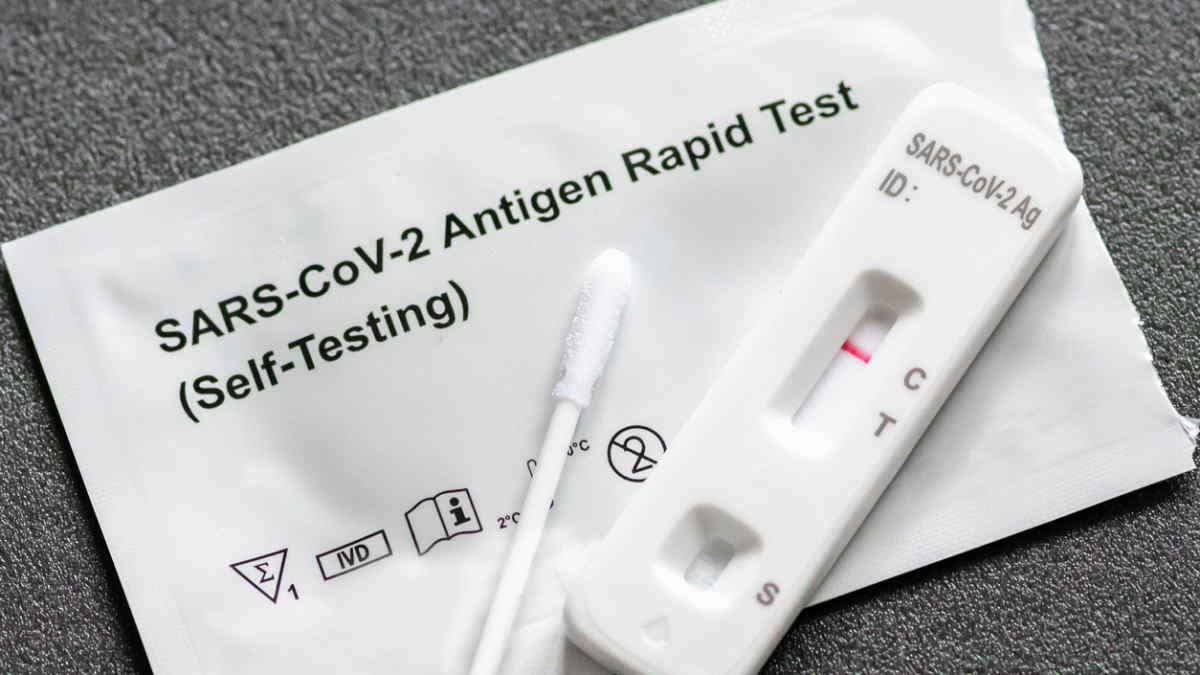

Employers with workers who test positive for COVID-19 should follow guidance from the Centers for Disease Control and Prevention (CDC), including its guidelines on quarantining and isolation, to minimize safety and legal risks, even though the guidance is somewhat complex.
The Occupational Safety and Health Administration (OSHA) looks to the CDC as a source of guidance on what employers should do to keep workplaces safe, noted Jonathan Segal, an attorney with Duane Morris in Philadelphia and New York City. “OSHA could conclude that failure to comply with CDC guidance on isolation and quarantine violates OSHA’s general duty clause,” he said.
Further, to the extent that an employer’s failure to comply with OSHA guidance results in employee anxiety or fear, this could contribute to the risk of union activity, he added. “Union activity is accelerating, and health and safety is definitely a union-organizing issue,” Segal said.
In addition, an employee could bring a personal injury claim if the individual contracts COVID-19 at work due to close contact with an employee who should have been out of work based on CDC guidance. “While workers’ compensation should bar the claim, the answer may vary from state to state,” he said. “At a minimum, there is the cost and reputational risk of ugly litigation.”
Quarantine
Quarantine is a strategy used to prevent the transmission of COVID-19 by keeping people who have been in close contact with someone with COVID-19 apart from others, according to the CDC. The agency’s quarantine rules vary based on:
- If an individual was exposed to COVID-19 and was not up-to-date on COVID-19 vaccinations. In this case, the individual should quarantine for at least five days and get tested at least five days after his or her last close contact with someone who had COVID-19.
- If someone was exposed to COVID-19 and is up-to-date on COVID-19 vaccinations. No quarantine, unless the individual develops symptoms, and get tested.
- If a person was exposed to COVID-19 and tested positive for COVID-19 within the past 90 days. No quarantine, unless symptoms develop.
Isolation
Isolation is used to separate people with confirmed or suspected COVID-19 from those without COVID-19. People who are in isolation should stay home, apart from others, until it’s safe for them to be around other people, the CDC states.
An individual who has COVID-19 or has symptoms should isolate for at least five days. If the person has symptoms, isolation ends after five full days if the individual is fever-free for 24 hours without the use of fever-reducing medication and if his or her symptoms are improving. The individual should wear a mask until the 10th day.
If there are no symptoms, isolation ends five full days after a positive test.
If an individual gets very sick from COVID-19 or has a weakened immune symptom, that person should isolate for at least 10 days and consult with a doctor before ending isolation, according to the CDC.
No exceptions should be made for key employees or management, cautioned Art Silbergeld, an attorney with Stradling in Los Angeles.
“Employers should exercise good judgment in deciding whether these minimum periods of isolation are sufficient in every case.”
Nonemployee Lawsuits
Failure to comply with CDC guidance could be used against an employer in a case where a nonemployee contracts COVID-19 and becomes very sick or dies due to the employer’s noncompliance with CDC guidance, Segal said.
For example, a lawsuit might be brought if an employee contracts COVID-19 at work as a result of close contact with a co-worker who should have been out of the workplace according to CDC guidance, and then a family member gets COVID-19 from the employee and becomes very ill or dies.
In another example, a case might ensue if a customer, vendor or supplier contracts COVID-19 as a result of close contact with an employee who should have been out of the workplace under CDC guidance, and the third party becomes very ill or dies.
“In both cases, workers’ compensation most likely is not a bar to a negligence claim because the injured party bringing the claim is not an employee,” Segal said. “While there may be difficult contact tracing issues and other impediments for the injured party to establish liability, the costs and reputational risks of litigation remain.”
Continue Screening
“It is a good idea for employers to continue asking screening questions when employees come to the workplace in order to show that the employer is doing what it can to ensure that employees who recently tested positive or who have symptoms do not come to the workplace,” said Jennifer Stefanick Barna, an attorney with Epstein Becker & Green in Newark, N.J.
In guidance, the U.S. Equal Employment Opportunity Commission (EEOC) states that employers may ask all employees entering the workplace if they have been diagnosed with or tested for COVID-19.
“An employer may exclude those with COVID-19, or symptoms associated with COVID-19, from the workplace because … their presence would pose a direct threat to the health or safety of others,” the guidance provides. “For those employees who are teleworking and are not physically interacting with co-workers or others—for example, customers—the employer would generally not be permitted to ask these questions.”
Nondiscrimination and Safety Concerns
Employers that are following CDC guidelines should ensure that their policies reflect the guidelines and are applied to employees as consistently as possible, said Arielle Eisenberg, an attorney with Cozen O’Connor in Miami.
Nonetheless, Silbergeld said that the risk of a safety legal challenge may be greater than a discrimination lawsuit over application of COVID-19 guidelines.
He believes the best practice is to require proof of vaccination and, when exposure or symptoms have occurred, proof of a negative test before allowing an employee to return to work. Nonetheless, the number of employers asking job applicants to be vaccinated before starting a new role continues to fall, reaching about 6 percent of U.S. job listings as of June 30.

